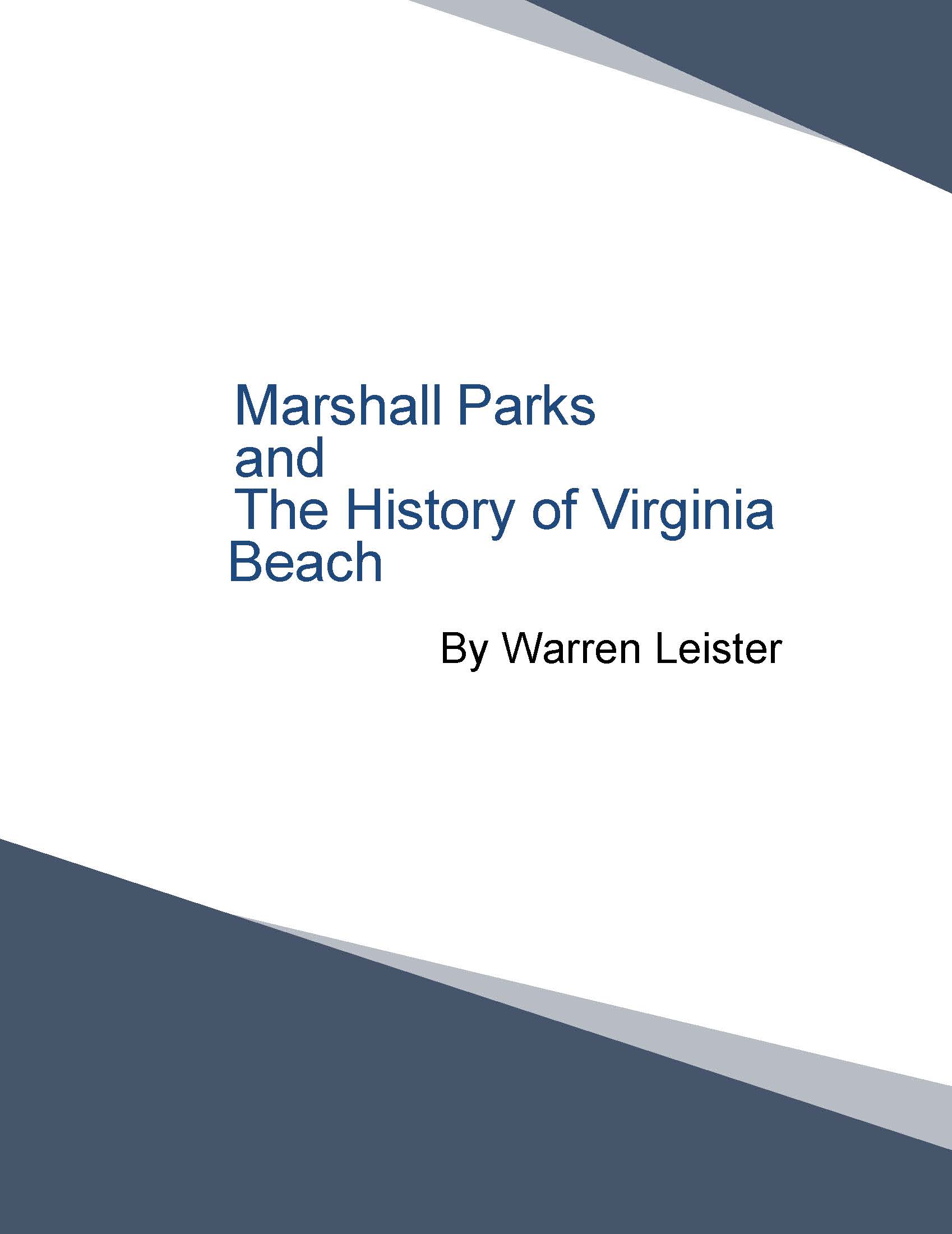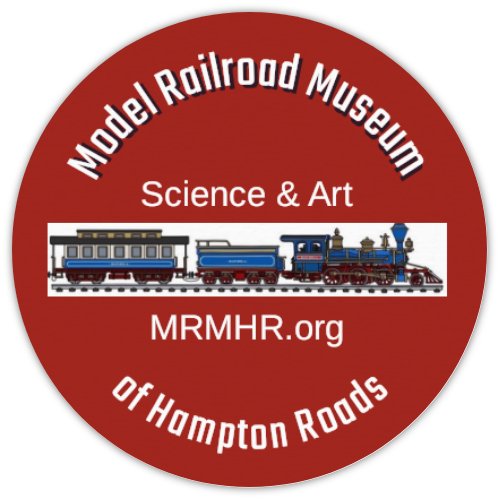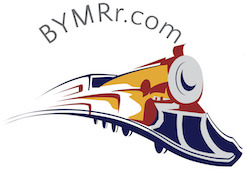Come Together
Get Ready for Family Fun,
Education, and Entertainment!!
| search engine by freefind | advanced | ||
Brief History of
Railroads in Virginia
Railroads have played a significant role in shaping Virginia's history and economy. The state's first railroad, the Richmond, Fredericksburg, and Potomac Railroad, was chartered in 1834 and completed in 1837. Since then, Virginia has seen the development of a vast railroad network that has facilitated commerce, industry, and travel.
During the mid-19th century, railroads became a critical part of Virginia's transportation infrastructure. The Richmond and Danville Railroad, completed in 1856, connected the state's capital with the North Carolina border. This line allowed for the efficient transport of goods and people between Virginia and the southern states.
The Civil War had a significant impact on Virginia's railroads. Many lines were damaged or destroyed during the conflict, but they were quickly rebuilt during the Reconstruction era. By the late 19th century, railroads had become a major driver of the state's economy. The Norfolk and Western Railway, chartered in 1881, connected the coal fields of southwestern Virginia with the port of Norfolk. This line transformed Virginia into a major exporter of coal and helped fuel the state's industrial growth.
The 20th century brought further changes to Virginia's railroads. The introduction of diesel locomotives and improvements in track design allowed for faster and more efficient transport. The construction of the Chesapeake Bay Bridge-Tunnel in 1964 connected Virginia's Eastern Shore with the mainland, and railroads were able to take advantage of this new link to transport goods to and from the region.
In the latter part of the 20th century, however, railroads faced increasing competition from other modes of transportation, such as highways and air travel. Many lines were abandoned or consolidated, and passenger rail service declined. However, in recent years, there has been a renewed interest in rail travel, and Virginia has seen the development of new passenger rail services, such as the Amtrak Virginia service that provides connections between Norfolk, Richmond, and Washington, D.C.
Today, Virginia's railroads remain an important part of the state's economy and transportation system. They continue to play a vital role in the movement of goods, and new investments in rail infrastructure promise to further improve efficiency and reliability. As Virginia looks to the future, it is clear that railroads will continue to be an essential part of the state's history and progress.

Share this site on your favorite Social Media page!
Recent Articles
-
Making-Tracks-December-2025
Dec 14, 25 06:23 AM
The official newsletter for the Model Railroad Museum of Hampton Roads -
Making-Tracks-November-2025
Dec 12, 25 12:15 PM
The official newsletter of the Model Railroad Museum of Hampton Roads -
A STEM Educational Center
Nov 09, 25 07:20 PM
Being a STEM Educational Center is a major part of our mission.
The Birth of Virginia Beach

We have created and published a new historical document on the Birth of Virginia Beach. This has been written by our historian Warren Leister after researching the era and the people involved for several years. Excepts have been published here in our newsletter previously, but the information is now available all together in a 99 page document that you can purchase in our store. It factually explores the events, the dedicated people and the interesting culture in which they lived. Pick up your copy today!
The Model Railroad Museum of Hampton Roads is a fantastic community center based on running, operating and even building your own model railroads! There's something for every age here.
Learn about the real history of this area and how important it was in the building of America. Watch how railroads were built, the people involved, where America's roots were formed.
As they build their own railroads, students will be learning about science, electronics, architecture, technology, engineering, mathematics, and the art of 3 dimensional model landscaping. They can earn rewards for completing projects and winning contests.
Try to solve yardmaster problems on a switching layout like getting the lumber from the forest to the furniture store, by way of the saw mill and the lumber yard.
Run your train around blockades and other trains to get to the station on time without speeding or crashing.
Play railroad monopoly using model railroads. Winner is the one who can collect the most cars into his yard within an hour.
There will be programs for autistic and special needs kids, disabled adults and veterans.
School tours. Holiday Shows. Library and video rooms. Even youngsters will have their own wooden models to enjoy. There are classes and hands-on clinics for adults. Learn how to get started in the hobby. Or just enjoy the fun.
Everybody loves trains and this will prove it! Just click on the either the blue DONATE button below to make it happen...
PayPal Giving Fund:
No Credit Card Fees
OR...
Charitable Donations through PayPal, Credit or Debit cards:
(Opt in or out of paying credit card fees)
Get Updates and Special Offers in
the MRMHR Newsletter:
Making Tracks
Sign Up Here...
The official newsletter for the Model Railroad Museum of Hampton Roads








